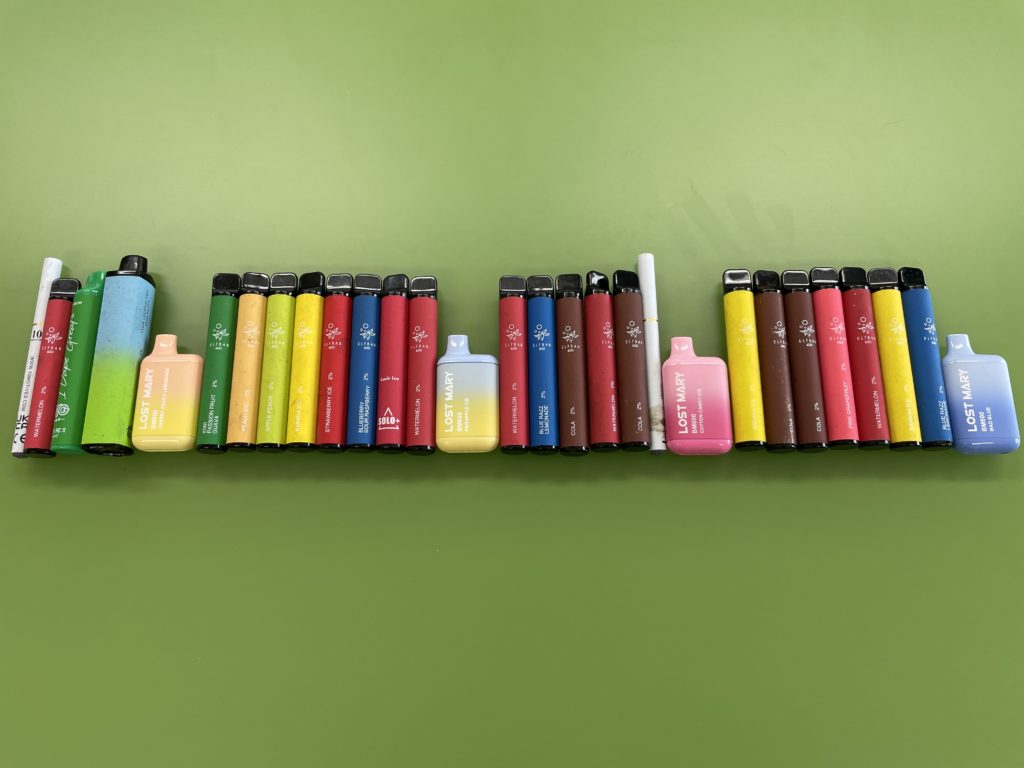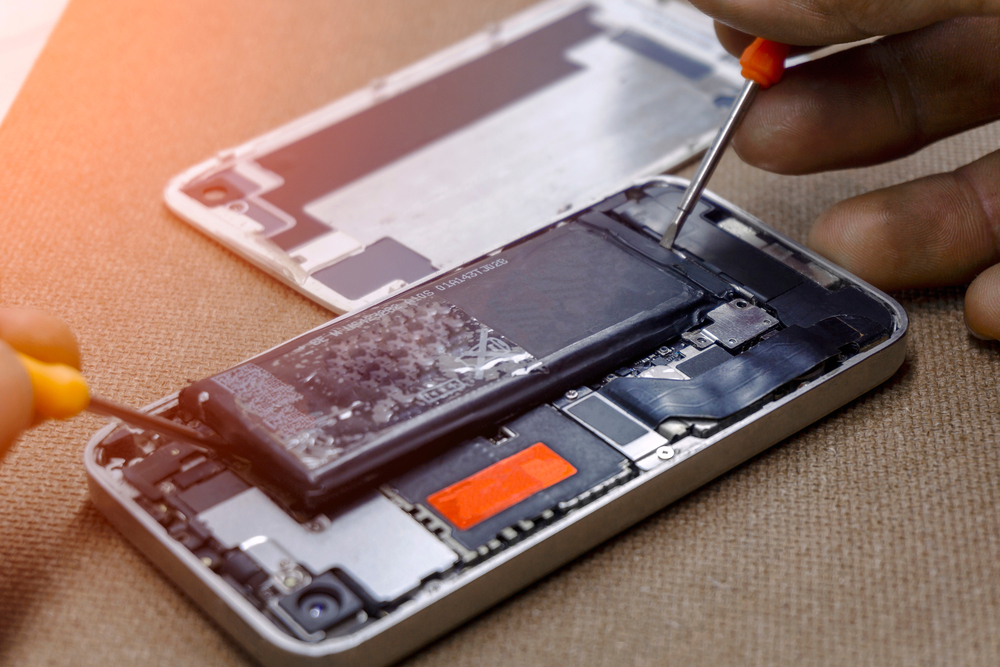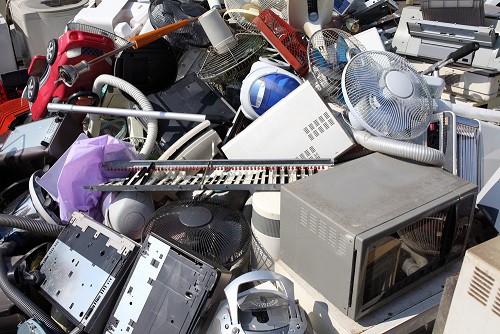SWEEEP has produced the note (which is linked at the bottom of this page) after the waste industry and local authorities raised concerns about the growing use of e-cigarettes and their disposal.
E-cigarettes, which are in category 7 of the WEEE recycling regulations, consist of several elements, SWEEEP says:
- a plastic, glass or metal casing;
- a heating element;
- a microprocessor;
- a lithium-ion battery;
- and e-liquid containing nicotine, benzoic acid, piperonal and benzyl alcohol.
Some waste e-cigarettes are likely be classified as hazardous, SWEEEP says, due to the presence of persistent organic pollutants (POPs) in the form of brominated flame retardants (BFRs) in the plastic components and other substances in the printed circuit board.
SWEEEP cited research from 2018 showing “at least some” e-cigarettes contain BFRs and added: “We have not found any data that indicates whether the concentration of BFRs is above the threshold for consideration as POPs or whether BFRs are no longer used but given the purpose of the BFRs, we consider it is likely that some e-cigarettes will be POPs waste and should be identified accordingly.”
Therefore, SWEEEP says, any load of waste e-cigarettes known to contain POPs should be classified under waste code 20 01 35* (absolute hazardous) and mixed loads should be classified 20 01 36 (discarded WEEE) to cover the non-hazardous element.
SWEEEP claims this classification is supported by non-legally binding government guidance and concurs with the coding agreed between the AATF Forum and the Environment Agency for small mixed WEEE.
SWEEEP says e-cigarettes should be collected separately from other waste to avoid damage and the release of nicotine fluid.
As a potentially hazardous waste, any movement of waste e-cigarettes should be accompanied by a “properly completed” hazardous waste consignment note, SWEEEP says.
E-liquid
SWEEEP also assessed whether the e-liquids made e-cigarettes hazardous. Each of the chemicals within the e-liquid are listed by the European Chemicals Agency as hazardous above specified concentrations, SWEEEP says.
However, the WEEE recycler says waste e-cigarettes are not hazardous based on the small amount of e-liquid they likely contain – less than 0.25g.
Battery
Turning to the lithium-ion battery, SWEEEP notes that it is contained within the ‘device section’ of an e-cigarette, which therefore cannot be shredded due to the “significant” fire risk.
As a potentially hazardous waste, any movement of waste e-cigarettes should be accompanied by a properly completed hazardous waste consignment note
– SWEEEP Kuusakoski technical note
SWEEEP says “care is required” when disassembling the device section to avoid damage to the e-liquid cartridge section and the battery.
The lithium battery requires terminals being taped to avoid shorting, SWEEEP says, and packing into vermiculite for onward recycling.
Disposable e-cigarettes and vapes require “additional care”, SWEEEP says, “due to the new risk of manual interaction with the e-liquid cartridge section and the liquid-absorbing cotton pads.”
Justin Greenaway, SWEEEP’s commercial manager, told letsrecycle.com: “We talk about circular economy and sustainability, but here we are allowing disposable vapes to use a rechargeable battery made from lithium to only be used once and encouraged to be ‘disposable’.”
‘Fastest growing waste stream’
SWEEEP recently hosted ITV and Material Focus, the not-for-profit organisation funded by the WEEE compliance fee, at their facility in Sittingbourne, Kent, to film a feature on the growing issue of disposable vapes.
More than 1.3 million single-use vapes are thrown away every week, according to research commissioned by Material Focus, contributing to the “fastest growing waste stream in the UK”.
This week, the British Metals Recycling Association called for the government to ban households from putting single-use vapes in recycling or residual waste bins due to an “ever-increasing number of fires” (see letsrecycle.com story).
Related link
Technical note on classifying and consigning used e-cigarettes












Subscribe for free